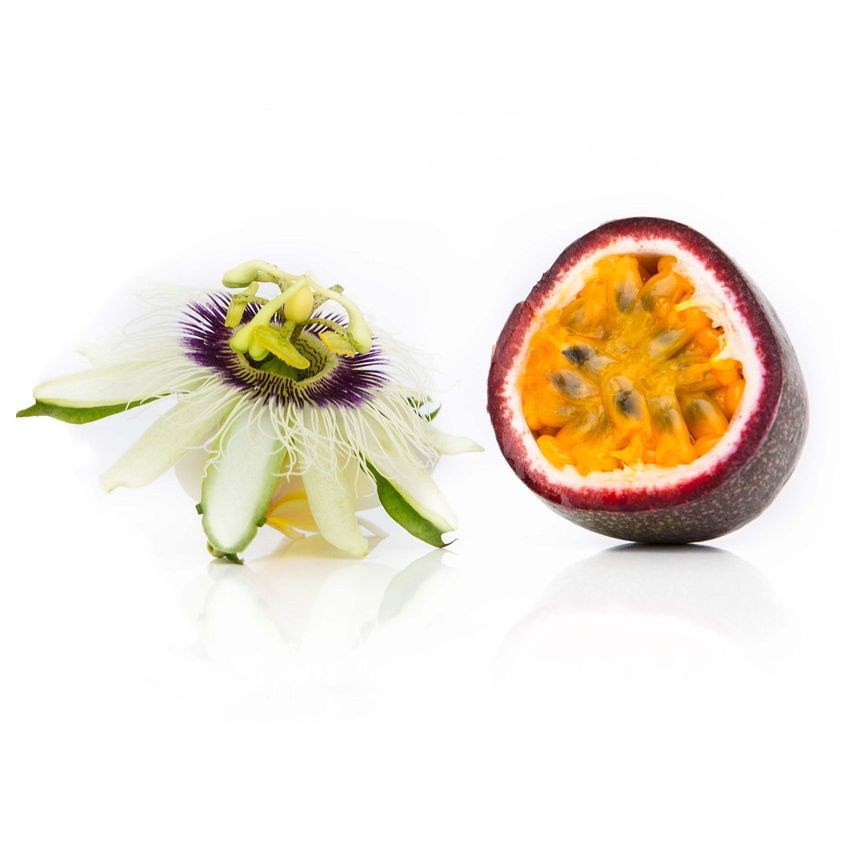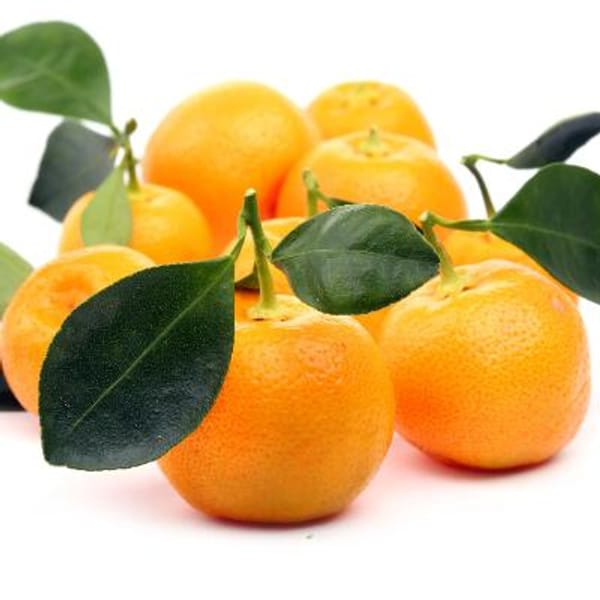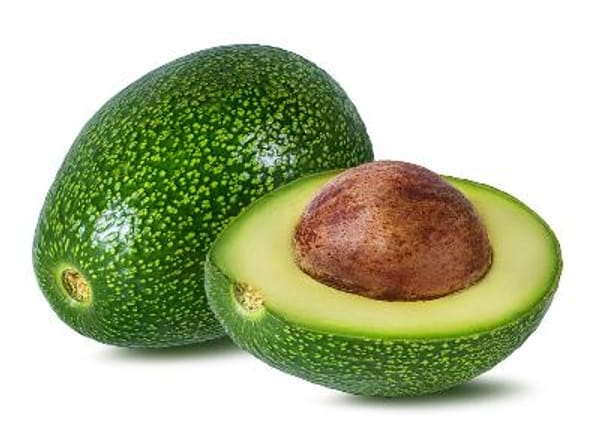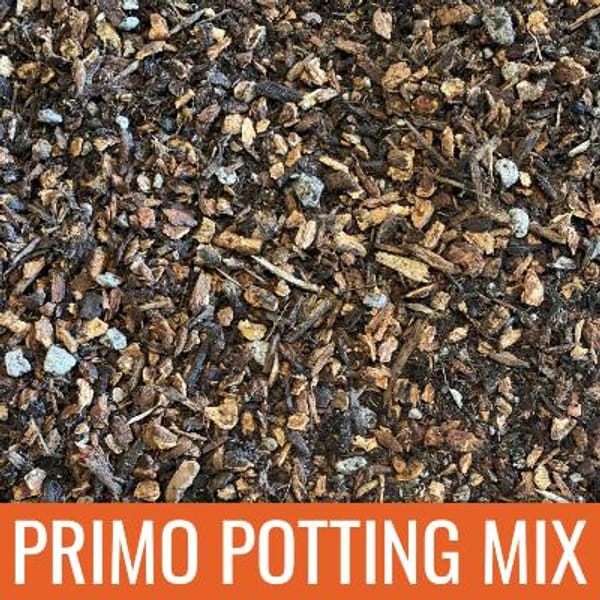SAVE ON SHIPPING: We can now ship potted fruit trees in MULTIPACK BOXES. Order as a 3-pack or 6-pack to save on the cost of shipping! This includes ALL PRIMO and ENTRY sized citrus, olive, fig and avocado trees as well as grape and passion vines.
- 'Frederick' Passion fruit/ Passion Vine is a vigorous vine produces lovely round, purple-skinned fruit.
- Nearly indistinguishable from 'Nancy Garrison' with its purple fruit and juicy bright orange pulp, only it's even sweeter!
- Great for eating fresh, juicing, or flavoring your favorite foods with a hint of tropical goodness.
- Perfect addition for someone looking to attract lots of butterflies, pollinators & cover almost anything with a lovely layer of lush green foliage.
- Passion vines are fast growers and will need about 200 square feet of trellis, arbor, or fence to climb on.
- Prefers full sun (Minimum 6 hours daily).
- 'Frederick' Passion fruit/ Passion Vine is self-fruitful.
- Can be kept as a small bush with pruning or a 15'-20' tree.
- Will continually flower and fruit under ideal conditions.
- In colder climates, Passion Vine will die back in winter and regrow come spring.
- Cold hardy variety down to 25°F
- By law, we can not ship Passion vines to Hawaii.







